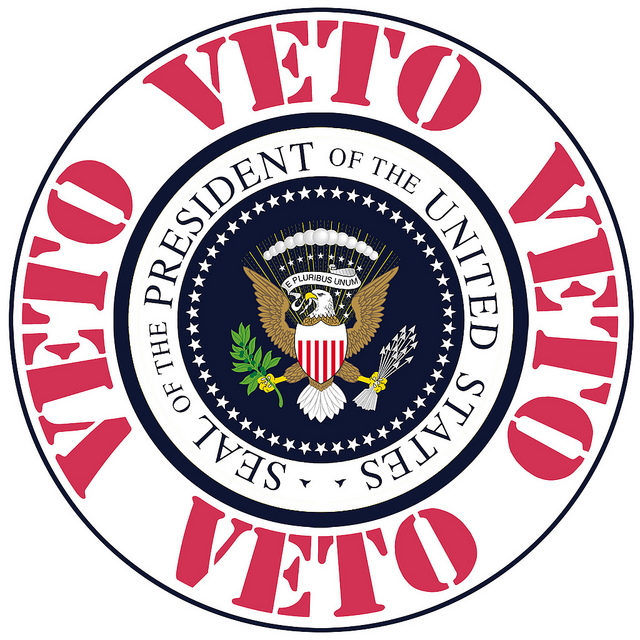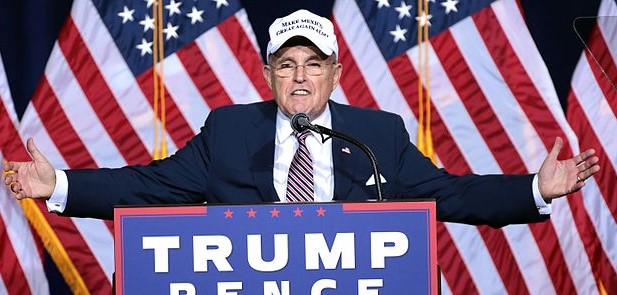
Last Friday President Donald Trump signed his first veto since coming to office in January 2017. Congress had voted to block Trump’s call for a national emergency in order to release funds for his promised border wall, and Trump came back to block the block with his presidential veto power.
“Consistent with the law and the legislative process designed by our founders, today I am vetoing this resolution, “Trump said. “Congress has the freedom to pass this resolution, and I have the duty to veto it. And I’m very proud to veto it.”
The Democratic led House of Representatives easily approved a resolution to revoke the president’s national emergency declaration. Voting 245-182, the House sent a stern message that the president cannot divert funds away from programs to get money beyond what Congress has already approved.
In the Republican-led Senate 12 Republicans voted with Democrats against Trump’s emergency declaration out of concern that only Senators and Congressmen have the power of the purse, and by declaring an emergency when there is none is a devious way to get the money he wants to satisfy his campaign promise.
What happens next is uncertain. The possibility of Congress overriding the veto is small since there must be a two-thirds majority to defy the president’s wishes. Such a majority does not exist, at least right now, in either the House or the Senate.
The emergency declaration will most likely be challenged in the courts. Public Citizen, a liberal advocacy group, filed a lawsuit challenging the emergency declaration as unconstitutional. Additional lawsuits are expected to be presented by the American Civil Liberties Union, the State of California, and others.
A second veto by the president may be in the queue. The Senate voted just a few days ago to end support for the Saudi-led coalition in Yemen’s civil war. Trump would like to see US support for the Saudi involvement and is expected to veto the Senate’s vote.


